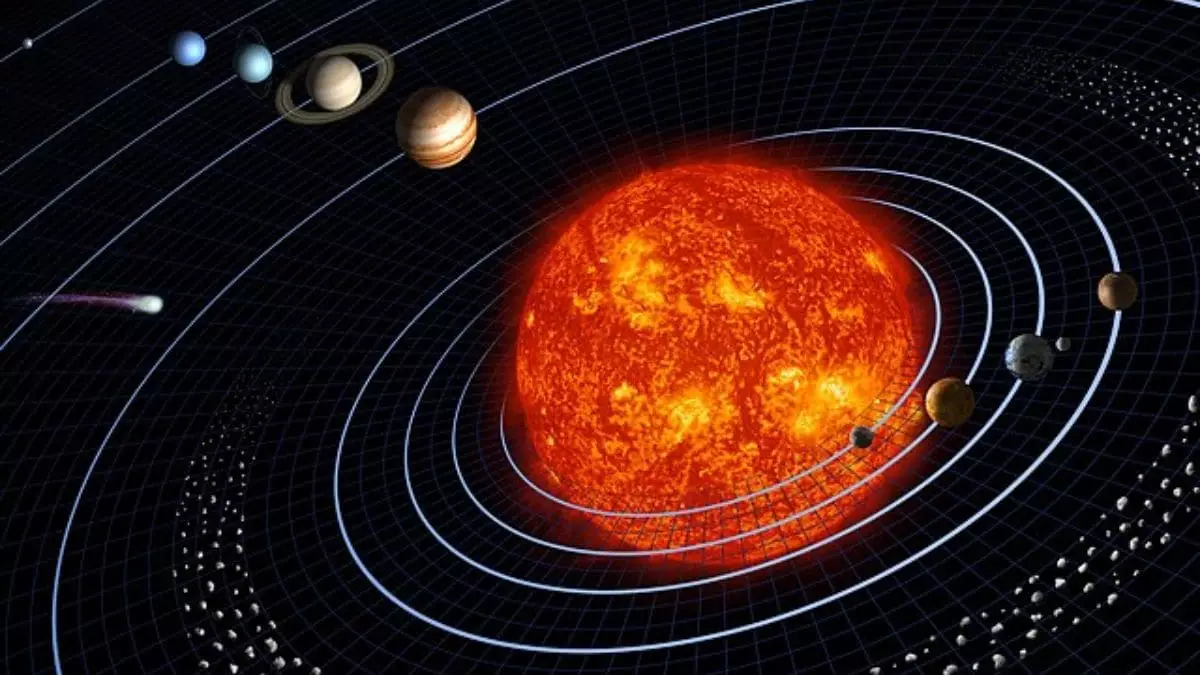The discovery of a tiny meteorite from beyond the asteroid belt has turned the traditional timeline of planetary formation on its head. For decades, scientists believed that inner planets like Earth and Mars coalesced relatively early, while their more distant counterparts, such as those beyond Jupiter, took significantly longer to form. This dashed the once-held belief that the influence of water and icy materials in outer regions hampered rapid planetary development. However, recent analyses suggest that this gap was much narrower — possibly almost non-existent — implying a synchronized birth of rocky planets across the entire solar system.
This revelation underscores how incomplete our previous models were. It appears that the processes responsible for building planets—whether close to the Sun or near the frozen outskirts—may have been remarkably similar in timing and mechanism. Such a conclusion questions long-standing assumptions, pushing scientists to reconsider the interconnected nature of planetary evolution. These findings are not just about cosmic chronology; they challenge the very narratives that define our origins, emphasizing a more unified and rapid development process than previously thought.
Implications for Solar System and Exoplanetary Research
The crux of this breakthrough rests on the detailed chemical signatures of the meteorite, which remarkably match those from early crusts of inner planets despite its outer solar system origin. Lead isotope dating places this meteorite at approximately 4.564 billion years old, aligning it closely with the ages of early Earth and Mars. Such a uniform age indicates that rocky planet formation might have occurred concurrently across vast distances, contradicting models that suggested water-rich environments in the outer solar system necessarily delayed planetary differentiation.
From a broader perspective, this discovery aligns with emerging observations of exoplanetary systems. Evidence from other star systems shows that planetesimals can form rapidly and over extensive orbital ranges. This suggests that the early evolutionary stages of planetary systems inside and outside our galaxy might be more uniform than we had assumed. As we refine our understanding of the mechanisms at play, it becomes evident that the universe fosters planetary formation in a much more efficient and synchronized manner, which broadens our perspective on where Earth-like worlds might eventually arise in the cosmos.
Challenging Preconceived Notions—A Call for a New Cosmic Narrative
The implications of this meteorite’s age extend beyond astrophysics—they strike at the very heart of how we perceive our place in the universe. If rocky planets across the galaxy form nearly simultaneously, it raises profound questions about the universality of life-supporting worlds. The old model painted a picture of a delayed, water-influenced outer system formation. Now, evidence suggests a far more dynamic and swift planetary genesis, one that could mean habitable worlds emerge sooner and more commonly than previously thought.
This challenges the notion that the complexity and richness of life are rare accidents of a slow cosmic dance. Instead, it points toward a universe where planets capable of hosting life could have formed in parallel with Earth, given the right conditions. For proponents of a center-leaning liberal vision of science, which emphasizes openness, progress, and re-evaluation of established ideas, this revelation exemplifies how scientific humility and curiosity must continually drive us toward a more nuanced understanding of our universe.


Leave a Reply